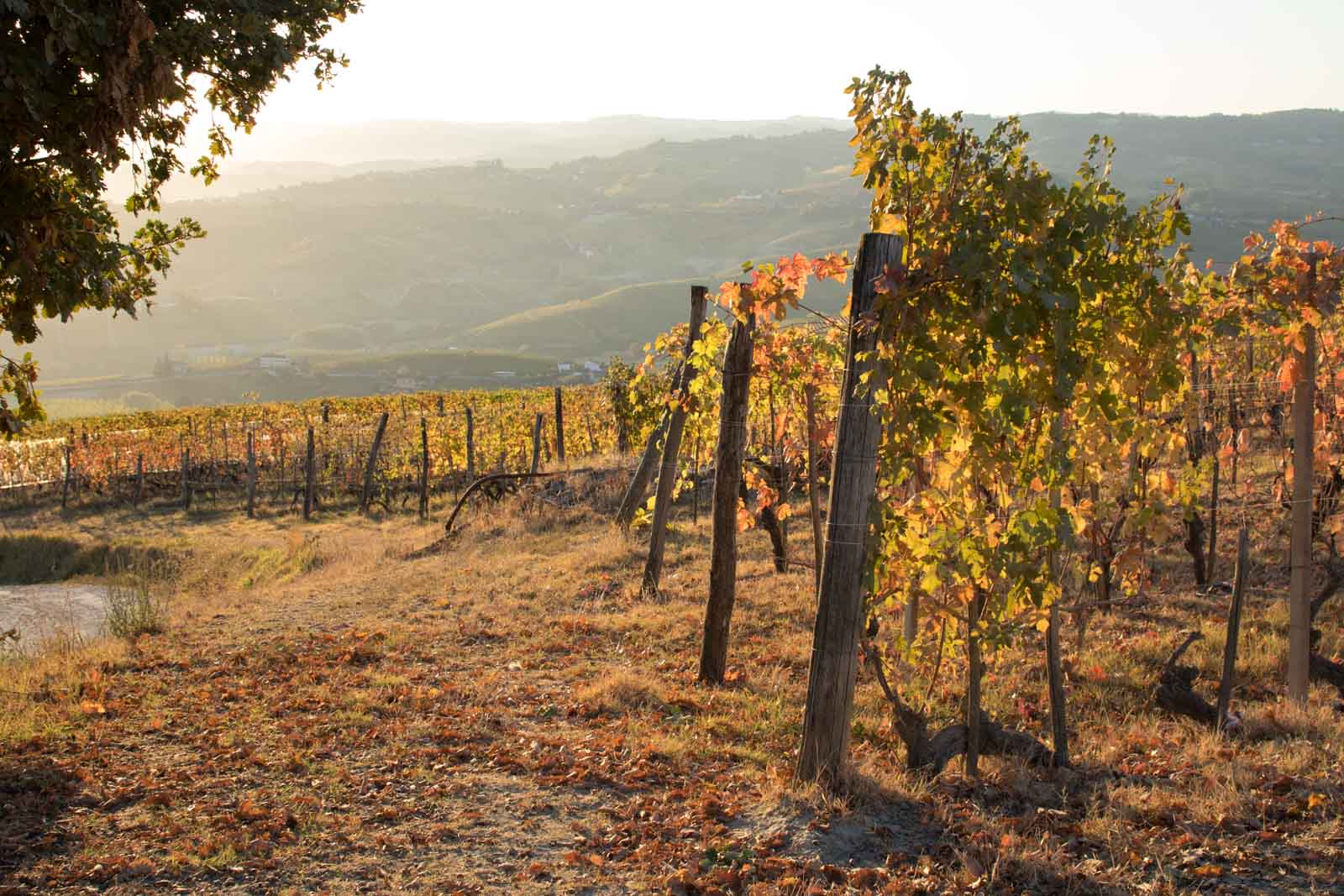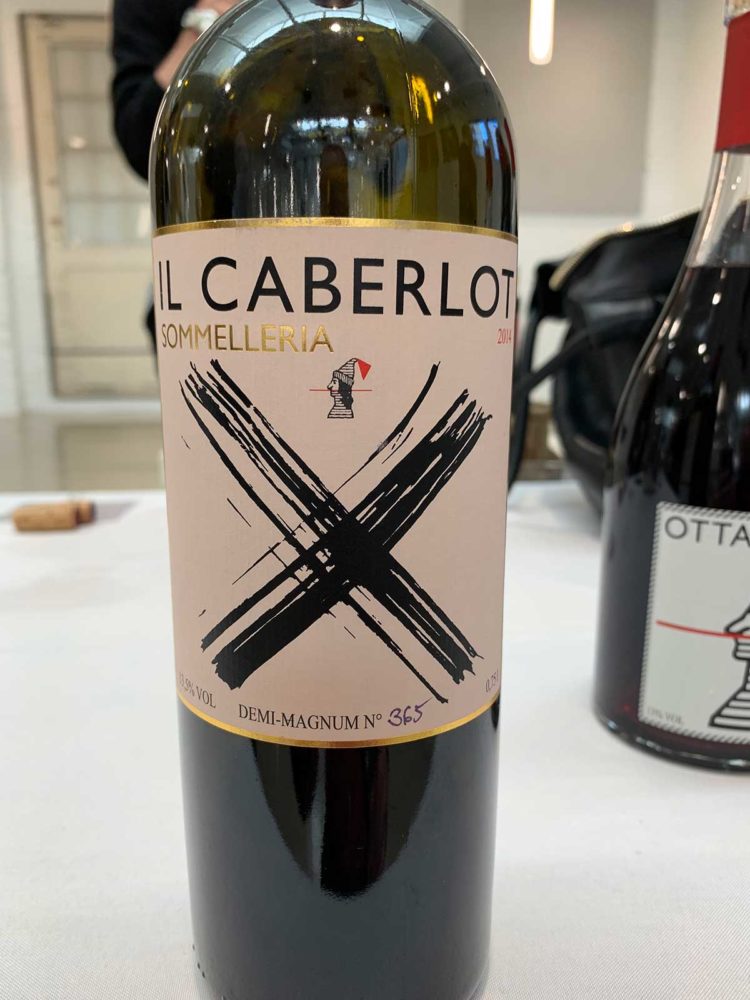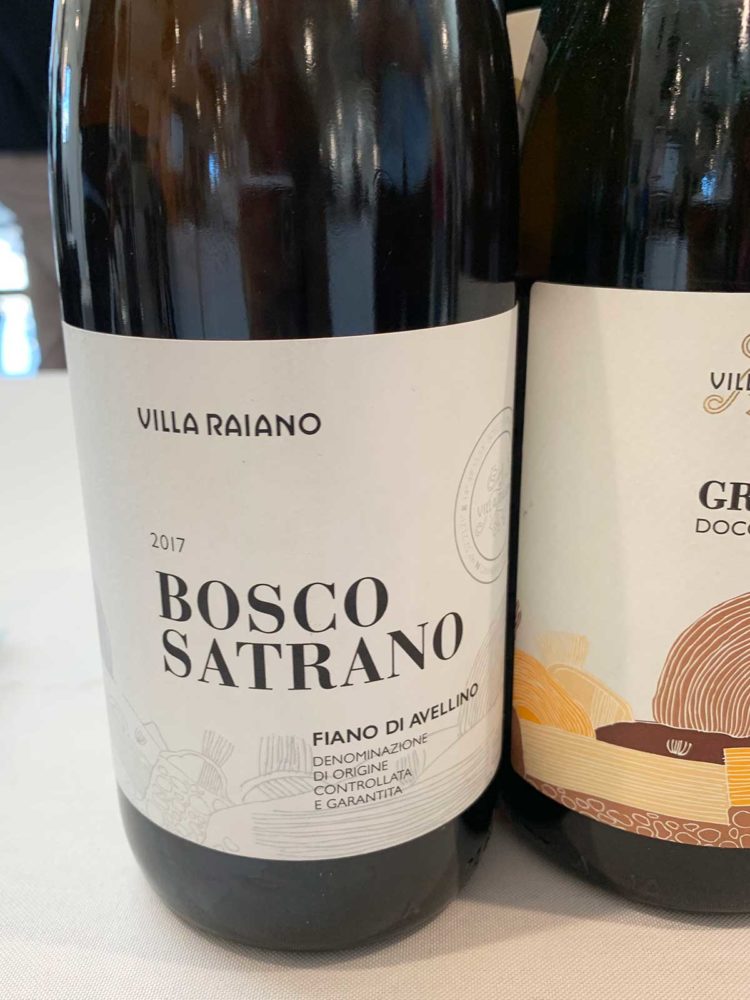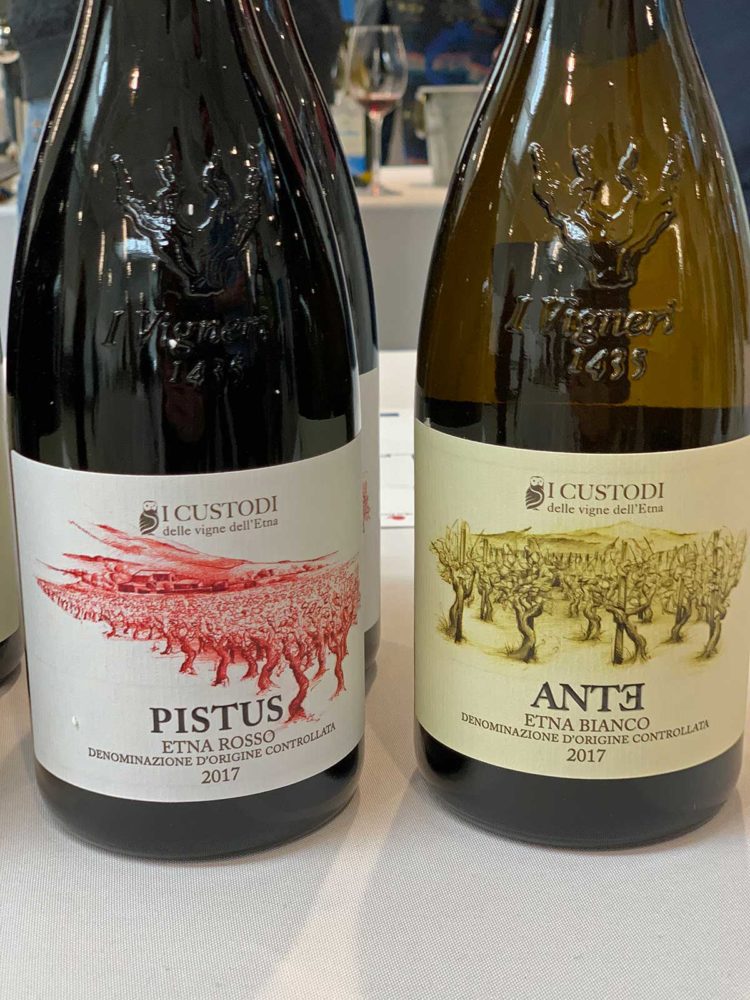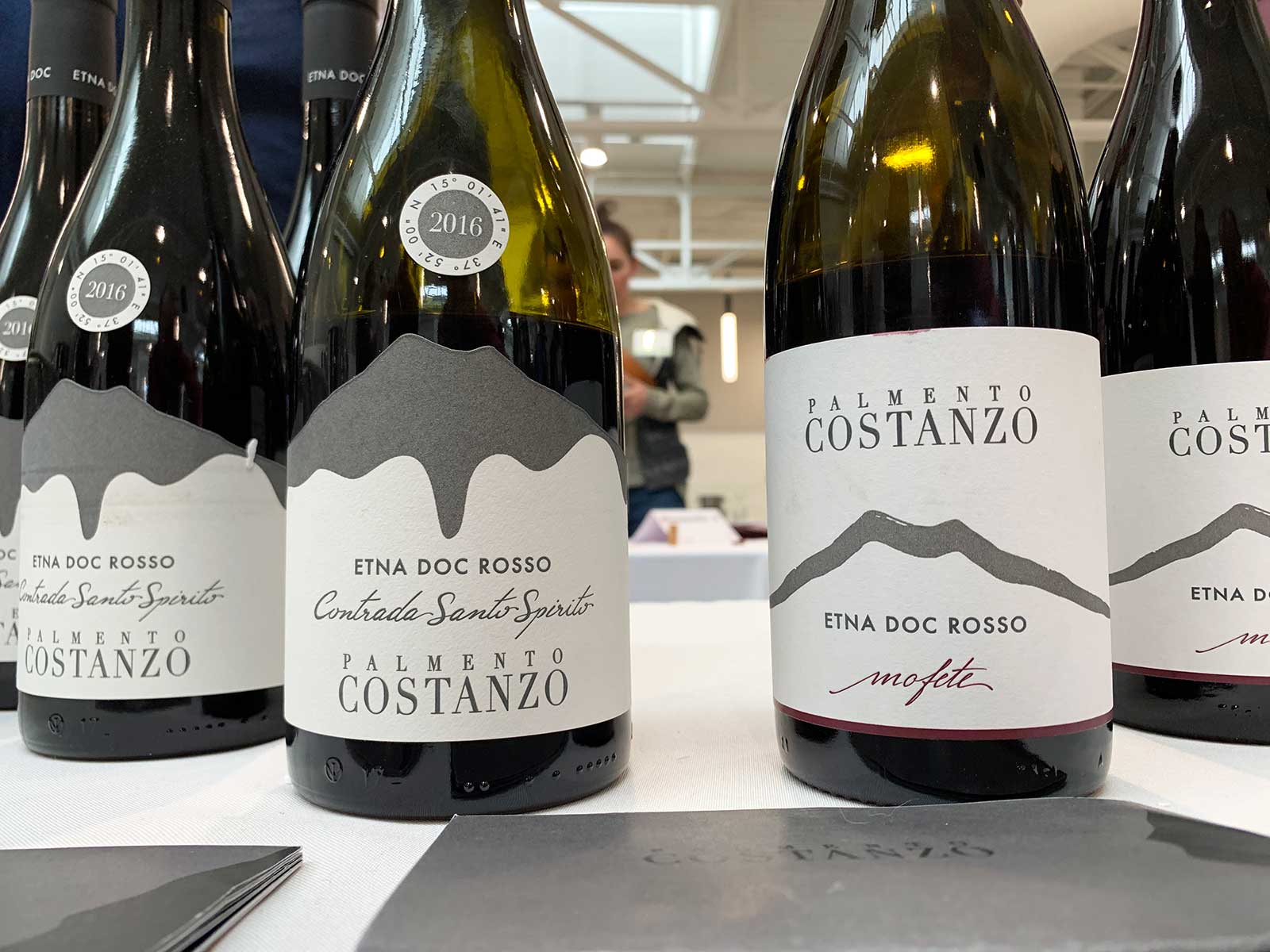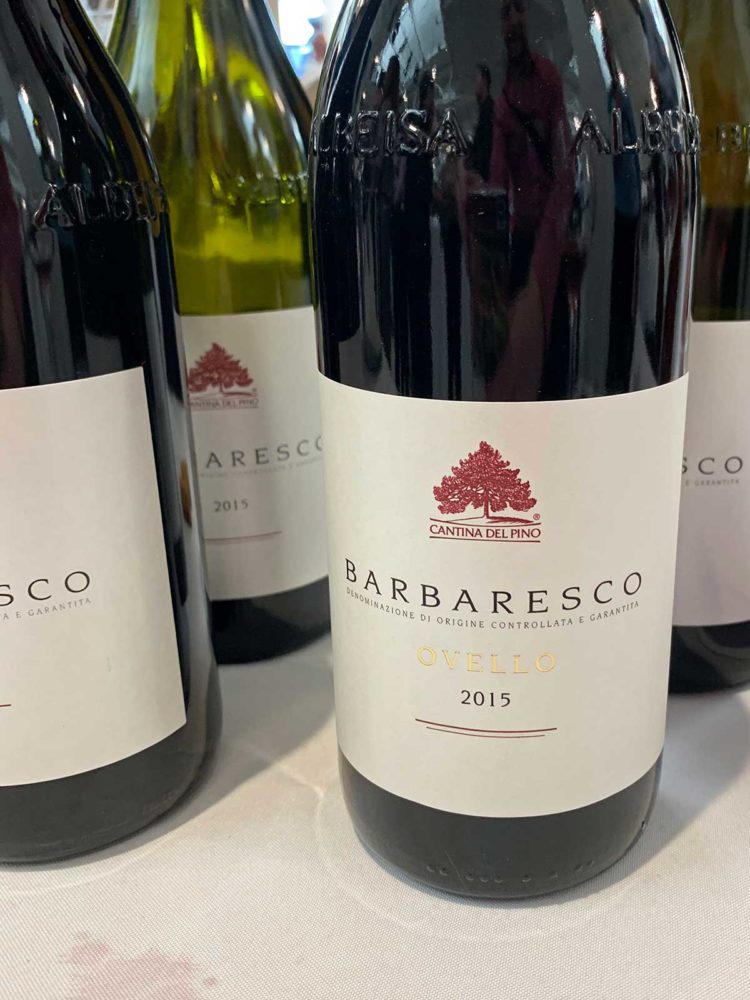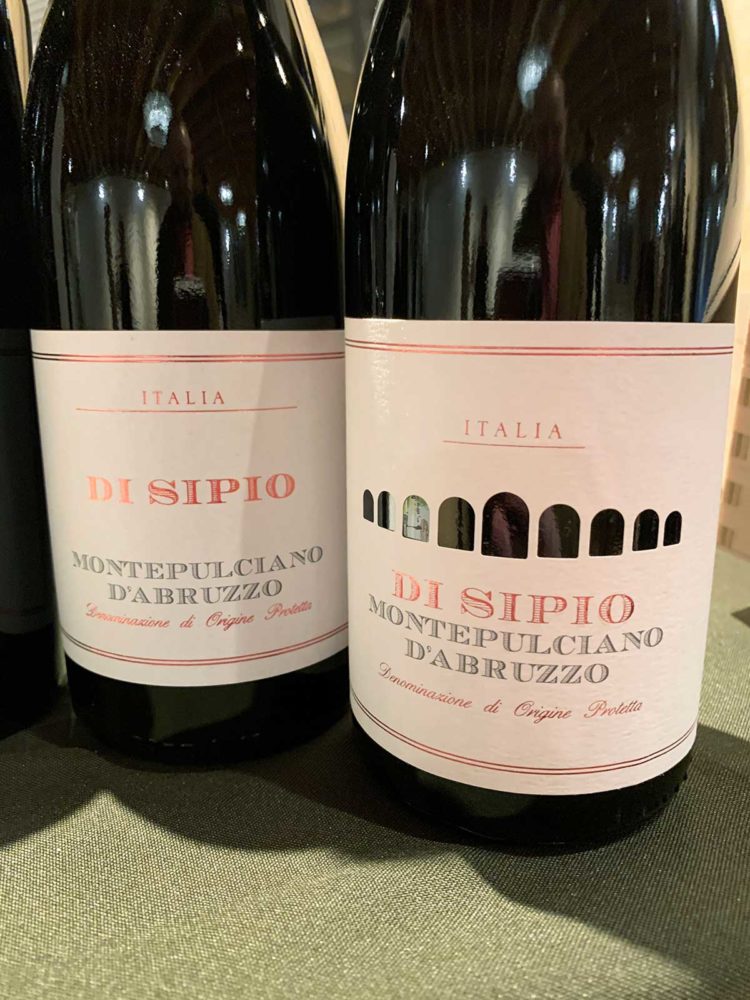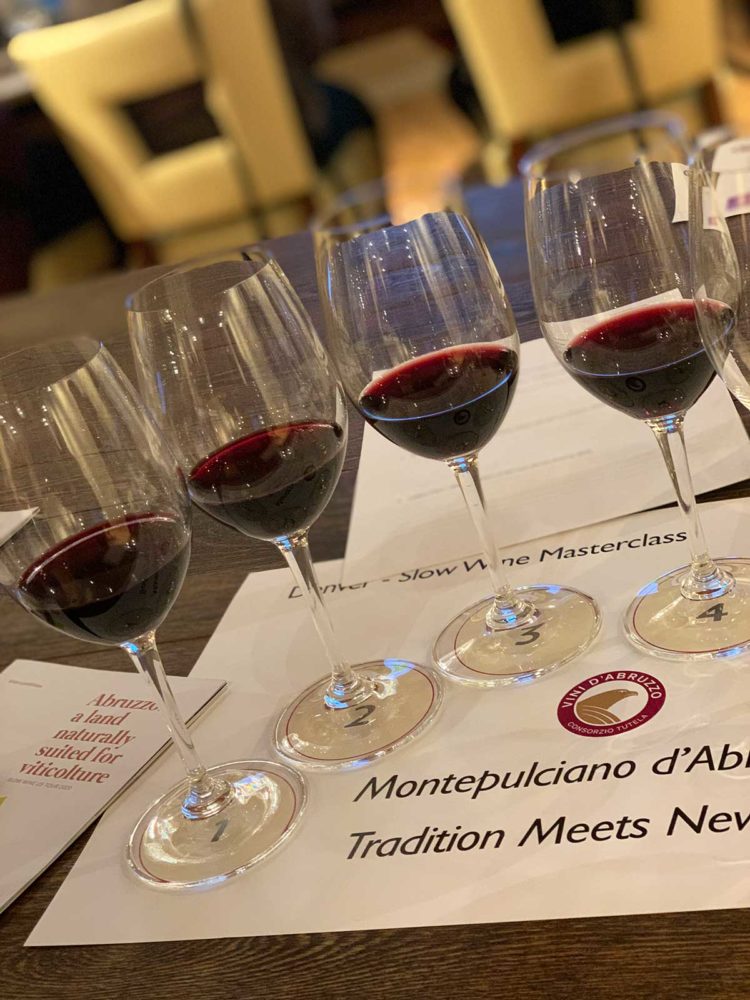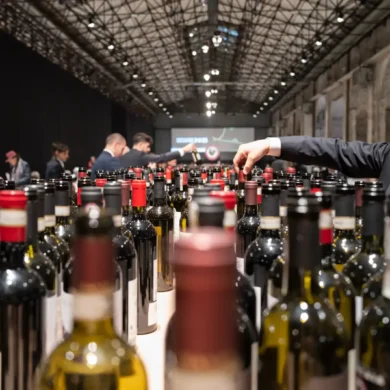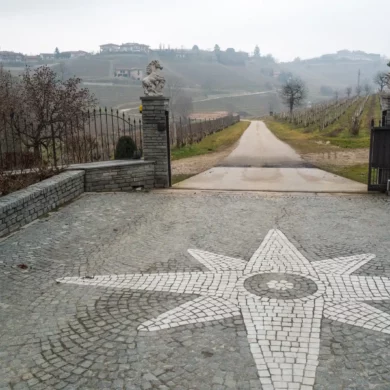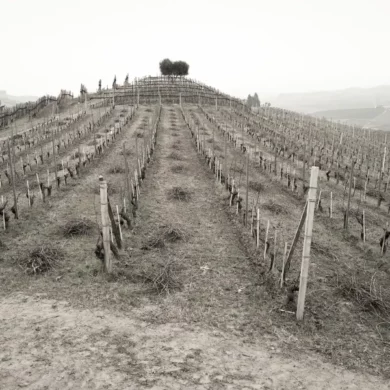I recently attended the Slow Wine USA Tour here in Denver, Colorado. Slow Wine is a guidebook to the best wineries in Italy. In recent years, they have expanded their coverage to wineries in the United States as well. Established by Slow Food, it celebrates many of the same principles as its parent movement: that wine be “good, clean and fair.” Part of their criteria for inclusion is that wineries eschew the use of chemical herbicides in their vineyard.
“We are the only guide in Italy — and I think the only guide in the world — that decides to visit every winery that we have in the guide,” the guide’s curator, Giancarlo Gariglio told me. “In Italy, we have more than 2,000 visits every year. This is the 10th anniversary, so we have visited about 20,000 wineries [in that time]. This is how we know how they work in the vineyards.”
The publication has a printed edition of 40,000 in Italy as well as an e-book version in the U.S.
Each year, Slow Wine goes on a tour of five cities in the United States, bringing many of the winemakers who are featured in the guide. This was their second year in a row visiting my home city of Denver, Colorado. This fact was not lost on me: Denver (and Colorado as a whole) has emerged as a very important American market for Italian wine. Coloradan’s embrace Italian wine, and have a fairly high IQ on the matter thanks to the tireless work of restaurants (thank you Frasca, Tavernetta, Barolo Grill, Bonnano Concepts and many others), excellent specialty wine shops (thank you The Vineyard, Mondo Vino and many others), and — where it all begins — great importers and distributors (by now the band is playing, and I need to leave the stage … I’ll thank you all offline).
In fact, there is evidence that the dining scene across Colorado is in a “golden age” right now. Last week, the James Beard Foundation announced its semi-finalists, and it included 18 from Colorado. No wonder people are taking note of our city.
Simultaneously, Italian wine is experiencing its golden age, with a robust embrace of its indigenous varieties, the adoption of high-quality winemaking practices, a nationwide trend toward more sustainable and natural practices in the vineyard, and the powerful brand of Italy itself, which affords Italian winemakers quite a few opportunities to charm the world with their products.
Of course, significant headwinds are blowing back on both of these fronts in the form of international trade disputes between the United States and Europe (hello, wine tariffs), and — a story which broke in the days after Slow Wine’s Denver visit — the acceleration of the CoVid-19 virus around the world, including Northern Italy, which threatens to send the world into a global recession. (In fact, as I proofread this piece one last time, the United States has announced travel restrictions to all of Italy, and Delta and American Airlines have suspended flights to Milan … a devastating blow to tourism and the wine industry).
But for a day last week, all of that was outside the room. The Slow Wine trade tasting in Denver showcased the full brilliance of Italian wine at this moment in history, and gave those of us lucky to attend an invaluable education on the nation’s vinous diversity. There was complete freedom to get as geeky as I wanted — such as my first crack at comparing Verdicchio dei Castelli di Jesi next to Verdicchio di Matelica — and to taste some of Italy’s rarest and most buzzed-about wines, such as Podere Il Carnasciale’s peppery Il Caberlot (★★★★★), or Grifalco’s meaty and generous Aglianico del Vulture (★★★★ 3/4).
From the tasting, these four storylines struck me as the most significant to keep an eye on. (Note: Wine notes and ratings below are merely at-a-glance assessments … like any wine, a true evaluation needs to come with a full glass).
Sicily’s Grillo is Ready For the Big Time
Grillo continues to emerge as one of Italy’s most expressive indigenous white grape varieties, and its moment seems to have arrived. Canvas a handful of glasses from the bigger producers, and you might think its just Sicily’s answer to Sauvignon Blanc. But a handful of producers are revealing its awesome potential.
The 2018 Gurrieri Sicilia Grillo Bio (★★★★★) was one of the three best wines I sampled all day at Slow Wine — an awesomely herbal little thing that maintained a crisp, delicate frame and very specific aromas suggesting rosemary, something I’ve never experienced in a white wine before.
Also displaying nicely was CVA Canicattí‘s 2018 “Fileno” Grillo (★★★★ 1/2), which was rounder, fuller and vivacious on the palate. This is the familiar but ideal spot Grillo is anchoring in the market place: a crisp and refreshing white wine that inspires visions of grilled shrimp and patio parties.
Combined with a recent at-home tasting of Mortellito’s “Calaiancu” Bianco (★★★★★, which is 90% Grillo), I’m beginning to think that Grillo is poised to be taken as seriously as Fiano, Verdicchio, Ribolla and Timorasso as one of Italy’s greatest white wine grapes.
The Artfulness of Old Vines on Etna
Let’s stay with Sicily for a moment, and its most significant red wine at the moment — Etna Rosso.
Often written about in the same breath as Barolo and Brunello di Montalcino as one of Italy’s greatest red wines, Etna Rosso offers a sort of “volcanic Burgundy” to the spectrum. Lean, toned and aromatically complex, these wines of Nerello Mascalese (with Nerello Cappuccio sometimes blended in) put a premium on their origins. Because vine age, elevation and vintage variation are so crucial to the outcome of these wines, somms and Italian wine fanatics often spend years studying the various aspects of the volcano’s lower slopes, trying their best to triangulate the magic in their glass.
Which is why a significant crowd gathered around the table for the wines of Benanti and I Custodi delle Vigne dell’Etna. With a focus on old vines, light impact and organic practices in the vineyard, and gentle use of oak, they are two of Etna Rosso’s top producers right now. Of all the wines I tasted, they were also the most demanding on me as a taster.
If it had been tasted blindly, Benanti’s 2017 Etna Rosso (★★★★ 3/4) might have confused me for Nebbiolo, its tones are so earthy and floral. But the textural richness and piercing acidity present on the palate are unmistakably volcanic. If only all “entry-level” Etna Rosso were this thrilling. Meanwhile, their 2017 Etna Rosso Contrada Monte Serra Etna Rosso (★★★★★) seemed to shake its head at me for trying to grasp its complexity and depth in a single ounce sip. On the finish it registered like a ringing bell … it is a wine I will certainly return to with more time in the future.
Likewise, the wines of I Custodi delle Vigne dell’Etna could only come from one place, which was particularly evident with the 2017 “Pistus” Etna Rosso (★★★★★), a gamey and alluringly ashy wine. The winery’s name translates as “the keepers of Etna’s vineyards,” a poetic way of saying this is an association of winegrowers who have banded together to make their wine, and preserve the ancient viticultural customs on the volcano. As more and more outsider’s come to Etna and try to capitalize on its magic, this producer will likely continue to be the standard-bearer for the region’s authenticity.
Of course, that’s not to say that newcomers on Etna are making wines solely to capitalize on a trend. From Passopisciaro to Frank Cornelissen, there is a significant recent history of quality winemaking coming from curious folks who did not grow up on the higher slopes of the mountain. Relative newcomer Palmento Costanzo is showing how opportunity can be answered properly. Founded by Sicilians Domenico and Valérie Costanzo (who hail from the nearby city of Catania), the estate has a treasure trove of vineyards within the Contrada Santo Spirito, many of them featuring ungrafted, pre-phylloxera vines. Their first vintage was in 2011.
The 2016 Contrada Santo Spirito Etna Rosso (★★★★★) was a red wine of impressive smokiness and tertiary tones. A particularly windy spot on the lower slopes of Etna, Contrada Santo Spirito is known for its concentration. My pen could not keep up with this wine as I transcribed what it was saying. I eventually just settled for one word: “whoa.”
There were a few Etna Bianco offered as well, but these quiet, whispering white wines of extreme delicacy are very hard to assess in small doses at a trade tasting. Ultimately, I left their tables feeling optimistic and hopeful about Etna Rosso. But the appellation does require significant study to sort out. Look for a First-Taste Guide on it later this year.
The Depth of Piedmont Cannot Be Understated …
… And I’m not just saying this because yada-yada-yada-Nebbiolo!-yada-yada. I know I board that train frequently, but Piedmont’s greatness, to me, continues to be its panopoly of grapes. I am always in the mood for Barbera from Monferrato and the Langhe. Dolcetto is wrongly dismissed because of its simplicity, but it can be one of Italy’s most thirst-quenching reds. And the emergence of high-quality Timorasso and Nascetta in recent years has shown that Piedmont can offer one-of-a-kind delights on the white spectrum, too.
Add to this a seemingly bottomless bench of high-quality, small-family estates to choose from, and you’d be easily pardoned for never leaving the Piedmont tables at a trade tasting.
My favorite personal discovery of the day were the three wines from Fratelli Alessandria. They are one of the few producers of a wine from Pelaverga Piccolo (★★★★★), a peculiar little hermit that clings almost exclusively to the hills surrounding the small Barolo village of Verduno. This was my first taste (despite having just bought a bottle from Castello di Verduno), and I was impressed by the wine’s high-wire act. It was light and pleasantly fruity, yet had a fine acidity that gave it excellent momentum. Evocative aromas recalled purple berries and leather, with a nice mineral touch at the end.
Fratelli Alessandria’s 2017 Barbera d’Alba Priòra (★★★★★) was fabulously rich and smoky, and their 2015 Barolo Monvigliero (★★★★★) was striking for its immediate accessibility. It carried vivid aromas that recalled cherries, blue flowers and truffles.
Other highlights from Piedmont included Borgogno’s sapid and juicy 2018 Colli Tortonesi Timorasso Derthona (★★★★★), the consistency of Cantina del Pino’s range from Langhe Nebbiolo (★★★★ 1/2) to Barbaresco (★★★★ 3/4) to Barbaresco Ovello (★★★★★), and a quick check in with Essential Winemaker GD Vajra, whose 2015 Barolo Coste di Rose (★★★★ 3/4) shined alongside the iconic Bricco delle Viole (★★★★★), which remains one of the region’s greatest wines.
I could devote the rest of my wine-drinking career to just Piedmont and be very happy, but alas …
Montepulciano d’Abruzzo: A Stylistic Pivot
All 20 regions of Italy produce wine, and while Piedmont, Sicily and Tuscany often capture the headlines here on Opening a Bottle, the other 17 are certainly worthy of their own columns.
Abruzzo, with its staggering scenery of epic mountains and Adriatic coastline, seemed to knock on my door at Slow Wine and say: What’s up? How come you’ve been ignoring me?
Sorry. Beats me. Dunno. Been busy.
The truth is that Montepulciano — far and away the most ubiquitous and important grape of Abruzzo — is often more robust than I prefer. Many wines have also shown what I can only call Steakhouse Wine Mentality in the producers’ brawn-beats-grace approach. Some like this style, but it is not for me.
Yet a master class held before Slow Wine started to reveal a stylistic pivot that has me intrigued. Of the six wines poured, two were fabulously fresh and vividly detailed, while two more showed solid potential. Yes, the other two were duds — profiles in alcohol and astringency — but I was surprised to find that 2/3 of the wines were not the Montepulciano I’ve known.
What was most encouraging from the two standout wines — the 2015 Contesa “Chiedi alla Polvere” Montepulciano d’Abruzzo Riserva (★★★★ 3/4) and the 2013 Nicola di Sipio “Sipio” Montepulciano d’Abruzzo Riserva (★★★★★) — was their personality. The Contesa was fresh, spicy and faintly smoky, but completely in a balanced fashion. It’s freshness made me want more, even at 10:45am. The Sipio was showing more age, recalling delicious notes of dried cherries and dried flowers, but maintaining a rich texture that was supple and compelling.
If these six wines were any indication, Montepulciano d’Abruzzo is still a mixed bag, but its potential is starting to be realized beyond the realm of Emidio Pepe and Valentini, two producers who have always been seen as separate and rarified (and who have been too costly for me to afford). If that’s the case, Abruzzo could be on the cusp of something wonderful.

